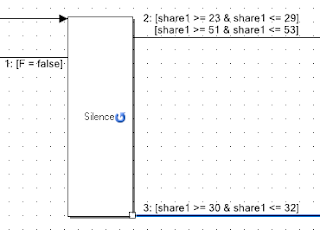BREAKING NEWS!!
ESU, LLC has loaded up our offices in Pennsylvania, hitched up the wagons, and pointed them west! The journey across the USA was great and we are now getting our new facility set up in beautiful Colorado Springs, Colorado!
Starting on Monday, August 19th ESU, LLC will re-open our US office at this address:
ESU, LLC 3625 Betty Dr., Suite A Colorado Springs, CO 80917
Telephone: +1 (570) 980-1980
Fax: +1 (866) 591-6440
Tech Support Hours:
Tuesday and Thursday 8:00 AM to Noon Mountain Time
<Update 2025-06-24>
Office Hours:
8:00 AM to Noon Mountain Time
<Author's note>
For repairs, call them first to be sure you give them the information they need.
Rest assured that we are committed to continuing to serve all of our dealers and customers in the same high-quality manner that you’ve come to expect from ESU, LLC.
While we set up the new facility during our summer break, we continue to ask that no items be sent in. We will once again accept items at the new facility beginning on August 19th.
PRRT&HS #8909 C&O HS #11530 NRail (NTrak) #54979044 (7566)
If you have an idea for a blog post here, let me know. If I can comment on it, I will or I'll see if someone else can and post it



